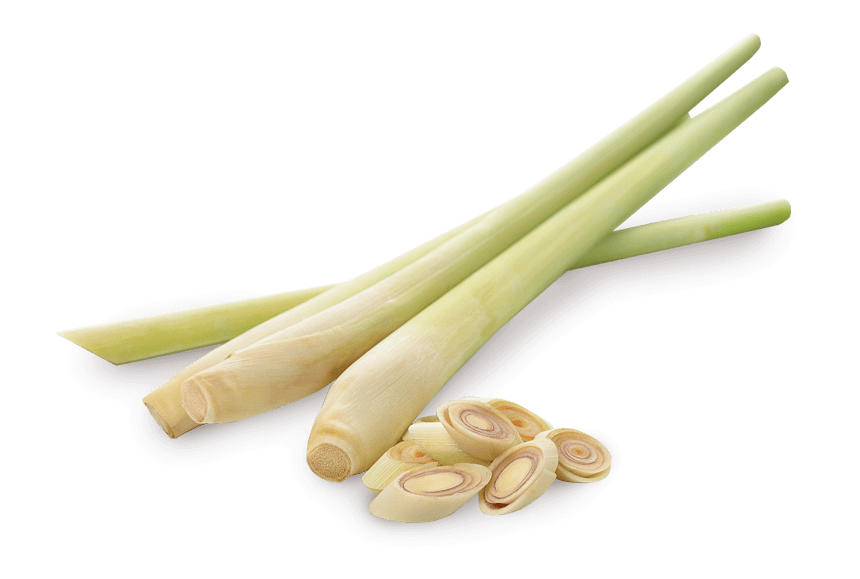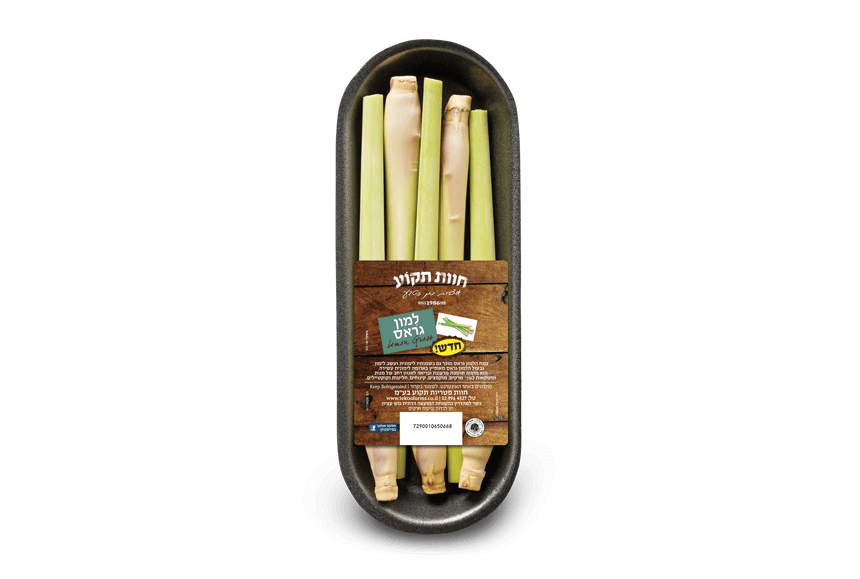Many of us are familiar with lemon grass by one of its many other names – citronella, luisa – with its long, narrow leaves which give a delicate, enriching lemon flavor to hot winter infusions.
In Asia, its continent of origin, the various parts of lemon grass– the leaf and the stem – are widely used as a culinary herb. It harmonizes perfectly with a whole range of cooked dishes and infusions. Its popularity is due to its stable texture, which can withstand long cooking, together with its lemon-like aroma. We at Tekoa Farms are thrilled to introduce you to lemon grass with its well-loved citrus aroma and wide range of uses.
Health properties – in folk medicine lemon grass is one of the most widely available and familiar medicinal herbs in the world. Thanks to its etheric oils, it used to combat spasms, reduce blood pressure and body temperature, relax convulsions, relieve pain, fight infection and nausea, soothe coughs, as a disinfectant, to relieve diarrhea and an upset digestive system, and to calm irritability and anxiety. Research is currently being conducted into its medicinal efficacy and its contribution to the human body. These studies have indicated a large variety of medicinal effects, including anti-bacterial, anti-amebic, anti-diarrheal, anti-fungal and anti-infection effects. There are more recent studies showing that this plant could also potentially reduce blood sugar levels. Both the leaves and the stem contain good quantities of folic acid. Folic acid is essential for proper replication of DNA and the division of body cells, and is an important component of building the nervous system at the fetal stage. The plant parts are also rich in vitamins, including vitamins B1, B5 and B6, plus vitamins C and A, as well as minerals – zinc, potassium, calcium, iron, manganese, copper and magnesium. Many studies have examined the effects of lemon grass on laboratory animals.
Recommended uses: the fleshy part of the lemon grass stem creates a rich, delicately citrus scented addition for a wide range of dishes, both Asian and others. Lemon grass is wonderful with fish, soups, sauces, desserts, ice cream, cocktails and more. Addition of 4-5 rings cut from the stem will turn any tea or cup of hot water into a healthy and tasty infusion.
How to use: first, remove the end attached to the root. There are two main ways of cutting the stem:
- Into thin slices (like spring onions) – suitable for recipes in which the stem is meant to be eaten.
- Into lengths of 3-10cm – suitable for recipes in which the lemon grass is not meant to be eaten and can be easily separated from the cooked food. We recommend lightly beating the stem with a rolling pin/ mortar and pestle/ broad bladed knife before cutting, in order to expose the aromatic oils.









